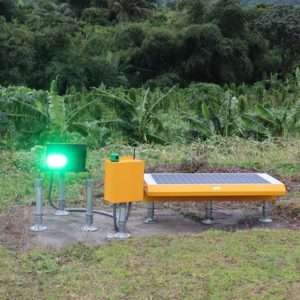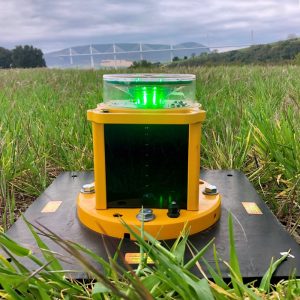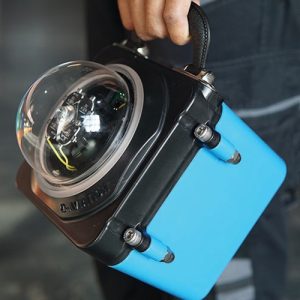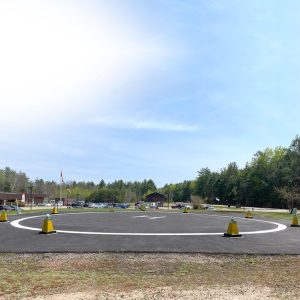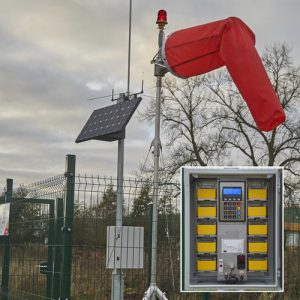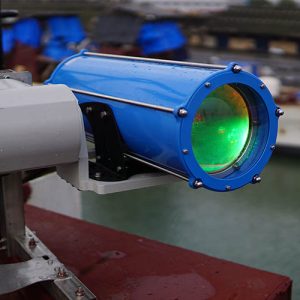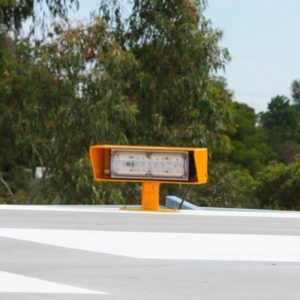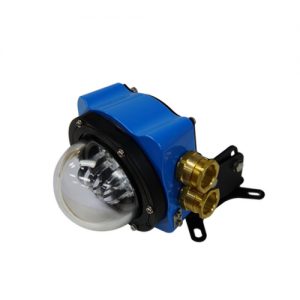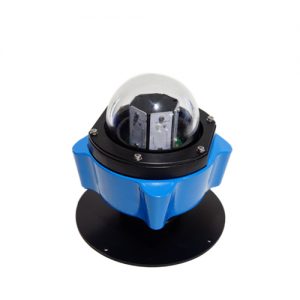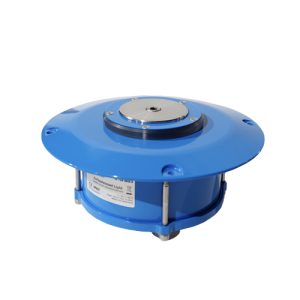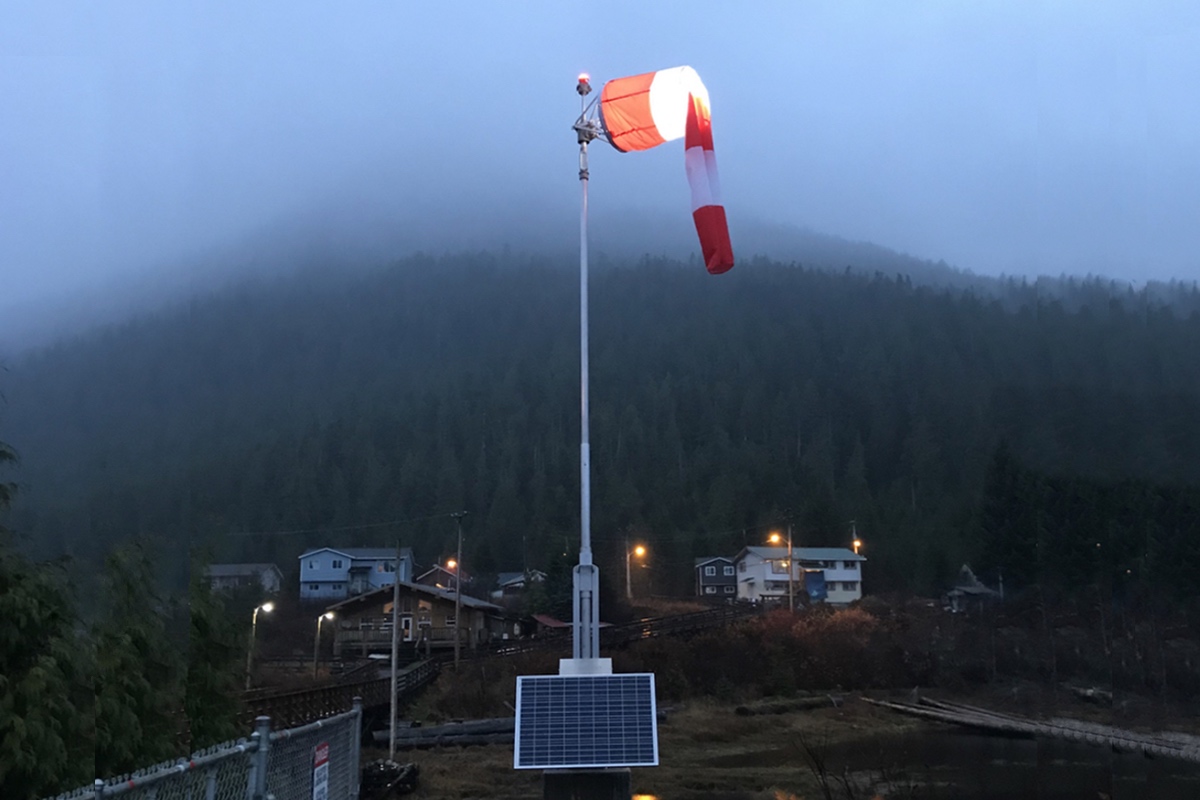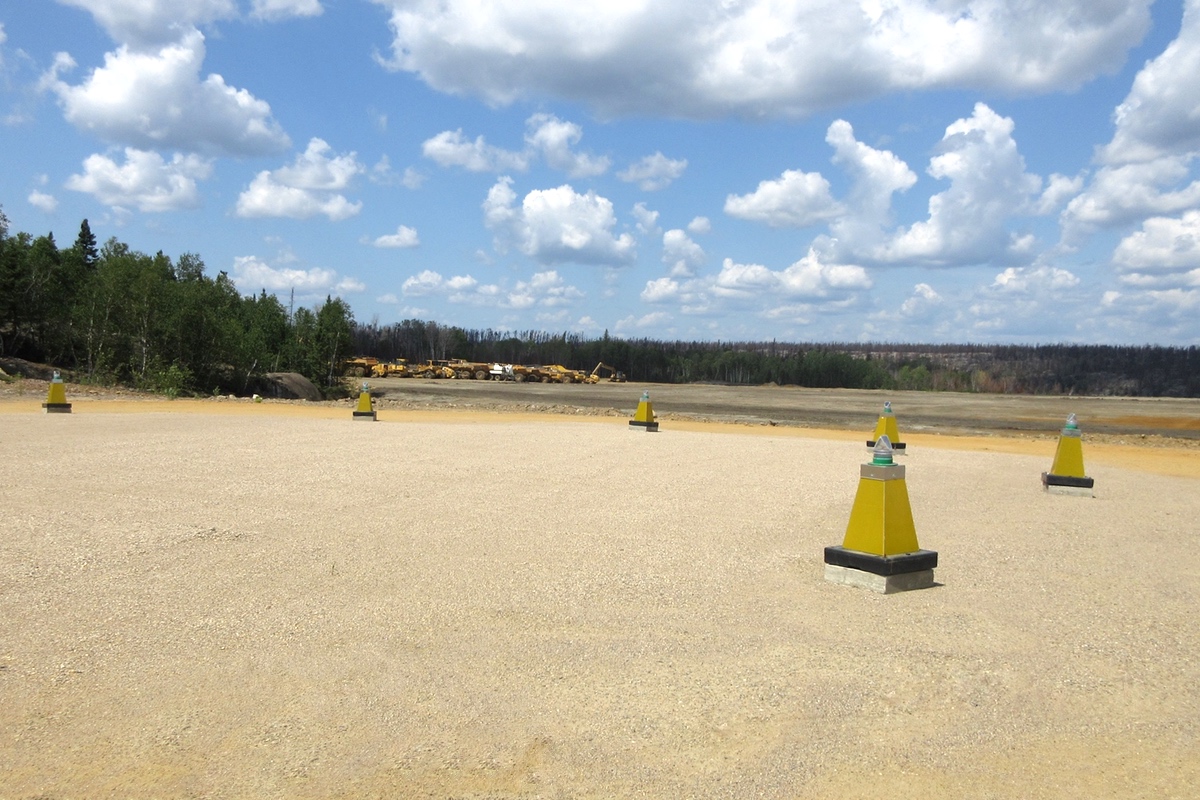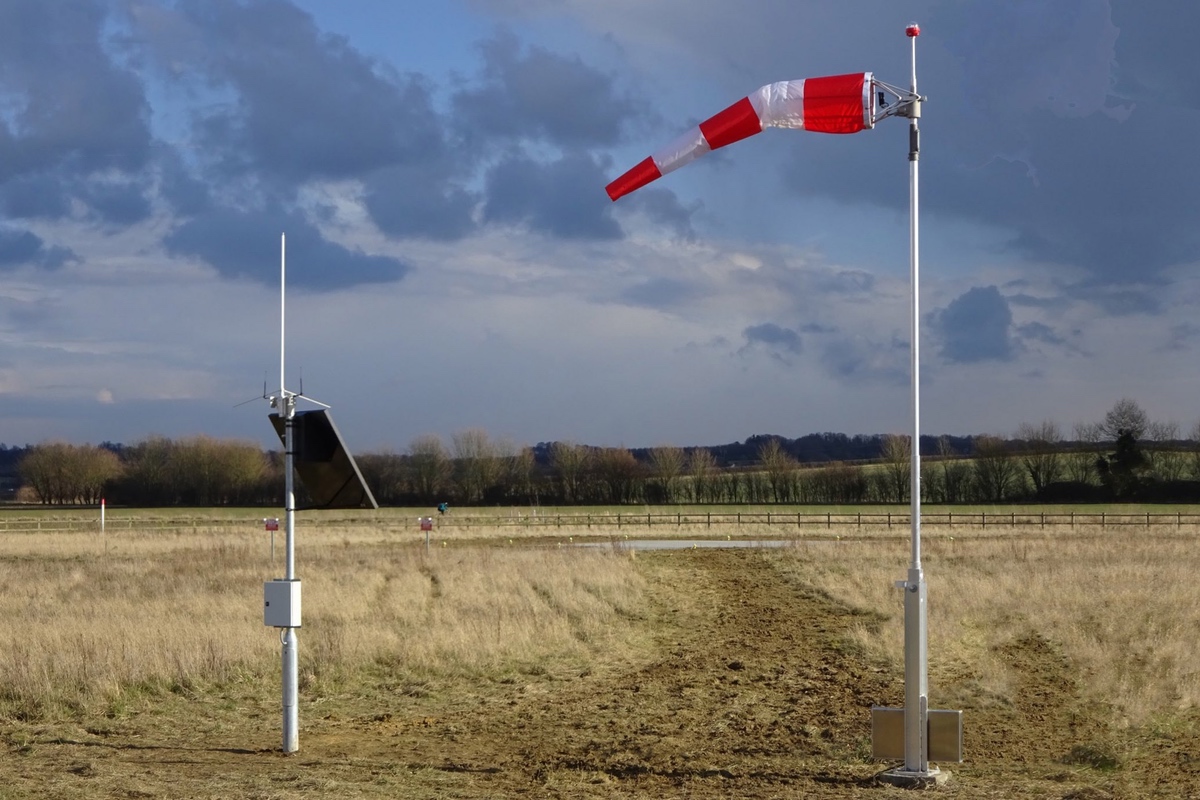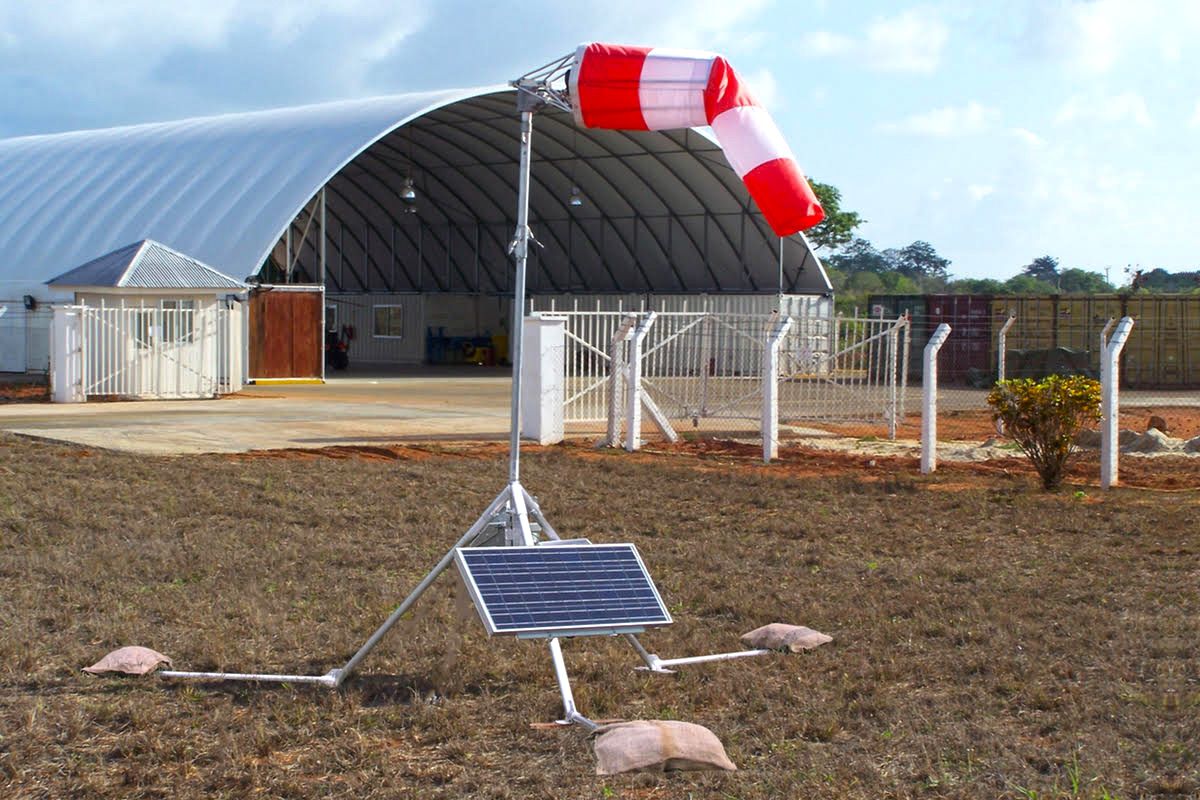
-
AV70 Solar Helipad Light
-
Solar LED HAPI
-
Solar Helipad Light
-
LED Portable Helipad Light
-
Reflective Helipad Marker
-
HEMS Helipad Lighting System
-
LED HAPI
-
LED Helipad Floodlight
-
Portable Solar Wind Cone
-
Helipad Solar Wind Cone
-
Helideck Solar Wind Cone
-
Solar LED Obstruction Light
-
LED Helipad Floodlight
-
LED Helipad Perimeter Light (TLOF)
-
LED Helipad Approach Light (FATO)
-
LED Beacon Light
-
LED Obstruction Light
-
LED Flushmount Perimeter Light
-
LED Flushmount Approach Light
-
LED Flushmount Taxiway Light
Aviation Renewables provides industry best LED helipad lighting products. We custom design each helipad individually, based on customer needs. The LED helipad lighting package can be either solar powered, battery powered, grid-powered or reflective, offering the maximum flexibility for installation anywhere worldwide whether permanent, portable or emergency operations.
The LED flush inset lighting offers a significant safety advantage over elevated LED helipad lighting products by eliminating the tripping hazard, especially in low light conditions.
When designing an LED helipad lighting system, we follow ICAO Annex 14, Volume II for heliports. We can also customize an LED helipad lighting design for local regulations, when required. A standard heliport includes at least one touchdown and lift-off area (TLOF) centered in a final approach and takeoff area (FATO), a peripheral safety area and an approach and departure path.
LED Helipad Lighting
For night operations, the TLOF, FATO, taxiways, taxi routes, and windsock should be lighted. Other useful visual aids include: floodlights, taxiway lights, landing direction lights, a heliport identification beacon and a heliport approach path indicator (HAPI). Obstruction lights must be installed where required to mark objects in close proximity to the approach/departure path.
FATO and TLOF LED Helipad Lights
A minimum of four flush or raised green LED helipad light fixtures is recommended per side of a rectangular FATO and TLOF. An LED helipad light is located at each corner with additional lights uniformly spaced between the corner lights.
Lighted LED Helipad Wind Indicator
An ICAO Solar Series LED all aluminum LED Helipad Windcone is recommended, or the FAA L806 (10 ft tall) may be substituted.
LED Heliport Identification Beacon
Located within 1/4 mi of the heliport, three sealed beam lights rotate at 10 to 15 rpm to produce 30 to 45 fpm in white, green and yellow. A beacon using Morse code signals is also available.
LED Helipad Landing Direction Lights
To identify alignment of the approach route, a line of 3 approach lights, and a crossbar are spaced in the approach direction. Approach lights have omnidirectional white lenses and can be elevated or inset, depending on preference.
LED Helipad Floodlights
Mounted on buildings or poles, elevated LED helipad floodlights should illuminate all of the operational area and should be hooded to prevent upward glare that would hinder the vision of approaching pilots. Surface LED helipad floodlights are hooded and illuminate only the helipad surface.
LED Helipad Taxiway Lights
Taxiway LED helipad center lines are defined with semi-flush bi-directional or unidirectional green lights spaced at 50 ft (15 m) intervals. Blue lights set at the same intervals are used to define the edges of the taxi route.
LED Helipad Obstruction Lights
Difficult-to-see objects shall be marked with a red ICAO compliant obstruction light.
LED Helipad Approach Path Indicator
The LED heliport approach path indicator (HAPI) provides pilots with visual course and descent cues. The optimum location of a HAPI is on the extended centerline of the approach path at a distance that brings the helicopter to a hover with the undercarriage between 3 and 8 feet (0.9 to 2.5 m) above the TLOF.





